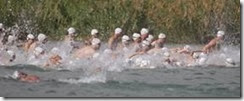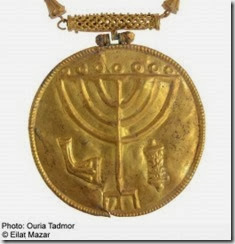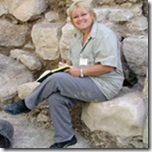- After many delays, Jerusalem’s electrified, light rail system eventually began running in 2011 and is now proving extremely popular. The ultra-modern and comfortable trains run from Jerusalem’s northern edge to Mount Herzl in the south with further extensions to Neve Yaacov in the north and Hadassah Hospital, Ein Kerem in the west, planned for the future. The lines run for 13.9 kilometres (86 miles) through the capital, stopping at most major tourist sites and connecting with bus lines. All announcements are clearly made in Hebrew, English and Arabic. Click on the video and enjoy the ride.
- Bio-Bee Biological systems, an Israeli company that specializes in biologically-based integrated pest management, aiming to reduce the use of harsh, chemical pesticides is launching its operations in parts of India. Bio-Bee implements this method by mass harvesting beneficial insects and mites that provide natural enemies for biological pest control or natural pollination. The company employs a team of trained local agronomists that advises the region’s farmers and helps them implement the new technology together with guidance from Israeli specialists.
(NoCamels) - A unique structure from the Hasmonean period has been discovered by the Israel Antiquities Authority in the City of David National Park, adjacent to the walls of Jerusalem’s Old City. Ancient historian, Flavius Josephus wrote about Hasmonean Jerusalem but only recently have the remains of a structure from 200 B.C.E. been found. The structure’s broad walls which measure more than a metre are built from roughly hewn limestone blocks which are lain in a fashion characteristic of the Hasmonean period. Many pieces of pottery and also various coins were found in the roughly 690 square foot structure. The coins indicate that it was built at the beginning of the second century and was used well into the Hasmonean period.
(Israeli Antiquities Authority)
- “The Pioneers of Liberation,” is the title of para-military training camps run by the Hamas government in Gaza to teach high-school children to, “follow in the footsteps of suicide martyrs.” This year around 13,000 students participated in these one-week training camps whose curriculum includes weapons training, first-aid, self-defence, marching and security exercises. The participants also take part in awareness exercises on how to identify Israeli spies. Hammad, the interior minister said that this training was in preparation for – “the coming war with Israel.”
(Times of Israel)
- During February, 4,721 truckloads of goods were imported into the Gaza Strip through the Kerem Shalom land crossing, these included 1,636 truckloads of construction materials. Also last month, 109 truckloads of goods were exported from Gaza for sale in foreign markets. including fresh produce, flowers and plane trees. Unfortunately the Kerem Shalom crossing had to be closed on two occasions last month in response to Hamas rockets being fired into Israel.
(IDF Website)
- An Israeli company, “City Transformers,” has invented every motorist’s dream, a folding car that takes up just a quarter of a regular parking spot. The car is also eco-friendly and takes only the press of a button for the car to compress from 1.6 metres (5 foot 3 inches) to 1.0 metres (approximately 3 foot 3 inches.) The inventors, Asaf Formoza and Gideon Goldwine, both have PhDs degrees in Engineering from the University of Ben Gurion while their partner, Erez Alramov, has vast experience in driving, designing and building cars. Thinking of buying one? The car should be on the market in about three years from now.
-
Just a year ago, an IDF unit serving on the Syrian border in the Golan Heights encountered seven wounded Syrians who asked for medical help. When contacted, the Director of the Nahariya Hospital answered immediately, “We are ready!” So began a unique humanitarian aid operation given by the IDF medical Corps and several hospitals in northern Israel to Syrian civil war casualties. Up to now, 550 Syrians have been treated and returned to Syria with no indication that they have ever entered Israel. While the casualties are mainly men, there have been a number of children and even women giving birth. Under the title, Operation Human Warmth, a number of Israeli youth groups and schools are coordinating the collection of donations and warm winter clothing for Syrian refugees who are suffering in camps during this exceptionally cold winter weather.






